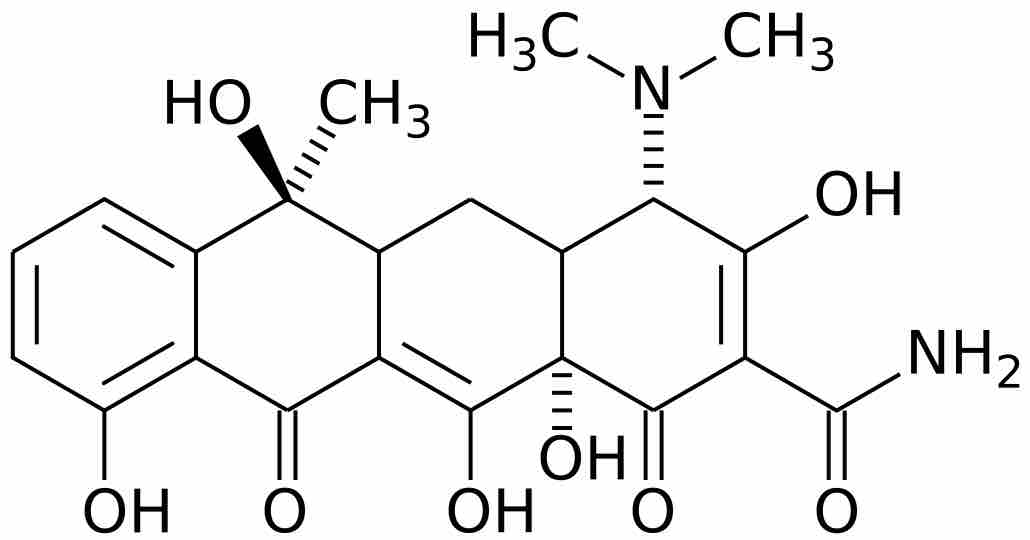A bacteriostatic agent or bacteriostat, abbreviated Bstatic, is a biological or chemical agent that stops bacteria from reproducing, while not necessarily harming them. Depending on their application, bacteriostatic antibiotics, disinfectants, antiseptics, and preservatives can be distinguished. Upon removal of the bacteriostat, the bacteria usually start to grow again. This is in contrast to bactericides, which kill bacteria.
Bacteriostats are often used in plastics to prevent growth of bacteria on surfaces. Bacteriostats commonly used in laboratory work include sodium azide (which is acutely toxic) and thiomersal (which is a mutagen in mammalian cells).
Bacteriostatic antibiotics limit the growth of bacteria by interfering with bacterial protein production, DNA replication, or other aspects of bacterial cellular metabolism. They must work together with the immune system to remove the microorganisms from the body. However, there is not always a precise distinction between them and bactericidal antibiotics. High concentrations of some bacteriostatic agents are also bactericidal, whereas low concentrations of some bacteriocidal agents are bacteriostatic.
This group of drugs include: Tetracyclines , sulfonamides, Spectinomycin, Trimethoprim, Chloramphenicol, Macrolides, and Lincosamides.

Tetracycline
Chemical structure of Tetracycline ((4S,6S,12aS)-4-(dimethylamino)-1,4,4a,5,5a,6,11,12a-octahydro-3,6,10,12,12a-pentahydroxy-6-methyl-1,11-dioxonaphthacene-2-carboxamide).
Tetracycline is a broad-spectrum polyketide antibiotic produced by the Streptomyces genus of Actinobacteria, indicated for use against many bacterial infections. It is a protein synthesis inhibitor. It is commonly used to treat acne today, and, more recently, rosacea, and is historically important in reducing the number of deaths from cholera. Tetracycline is marketed under the brand names Sumycin, Tetracyn, and Panmycin, among others. Actisite is a thread-like fiber formulation used in dental applications. It is also used to produce several semisynthetic derivatives, which together are known as the tetracycline antibiotics. The term "tetracycline" is also used to denote the four-ring system of this compound. "Tetracyclines" are related substances that contain the same four-ring system.